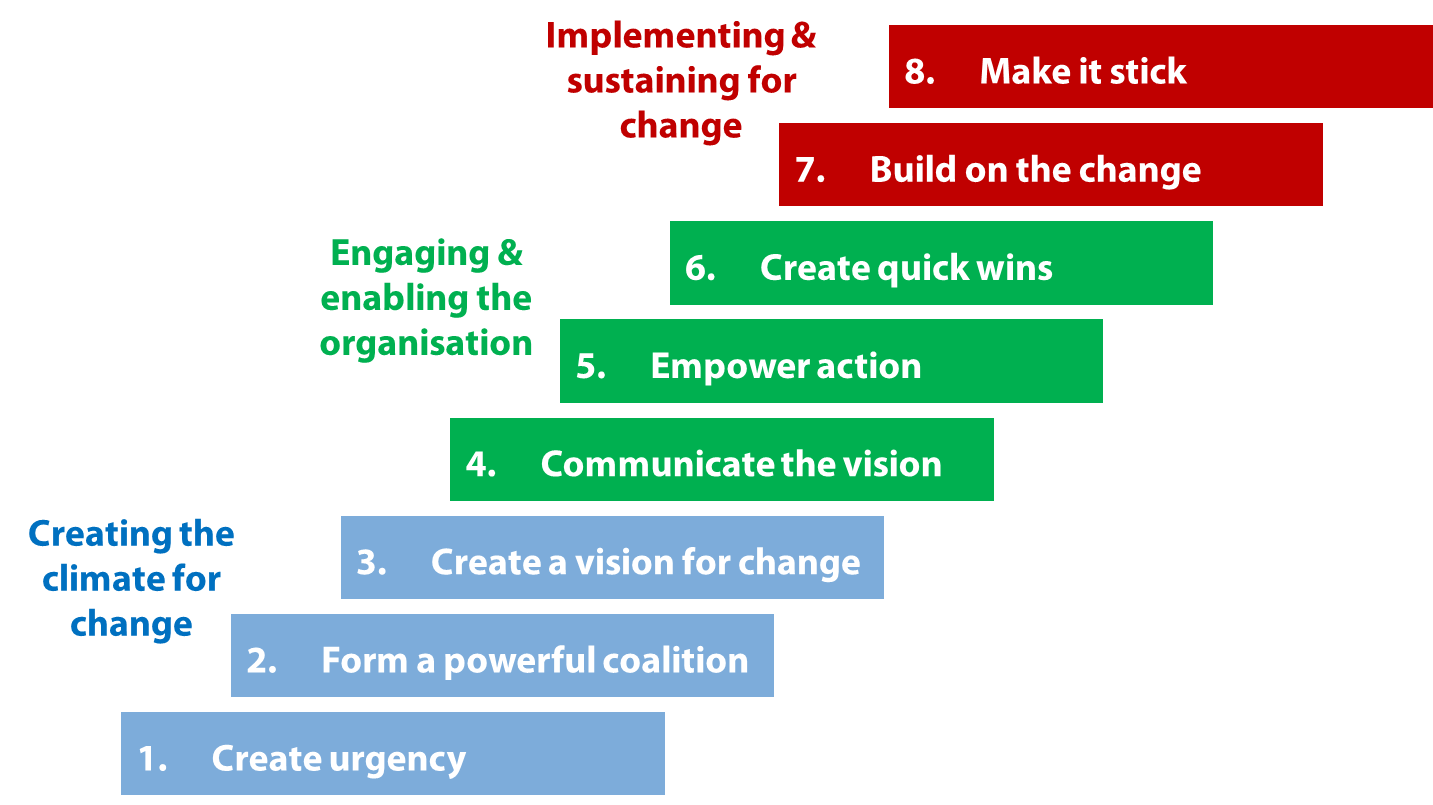Business transformation – how to transform
How to transform?
We hope it will be useful to discuss some of the trends we’re observing from our many interactions with organisations engaging with transformation, as well as to identify some areas of best practice in what is clearly still an emerging competence area for leaders.
Why transform?
So, should you be focused on transformation or on strategy execution? The bottom line is that whatever the CEO decides is what you’ll do! Ideally though, a proven ability to execute well on strategy will be very helpful in ensuring that a transformation program is successful. The problem is that there are relatively few organisations that have paid sufficient detail to the art and science of strategy execution in the first place. In any event, what’s the difference between transformation and strategy execution? For us, at i-nexus, the processes are very different, the objectives are different. Strategy execution is “merely” about ensuring that the organisation’s strategic goals are achieved. Transformation is concerned with creating a fundamentally different, and hopefully better, organisation. All transformation programs will be strategic. Not all strategy implementations will be transformational.
Transformation – best practices (how)
We’re currently in the process of identifying the top 100 global companies who really “get” transformation. Here are the criteria we’re going to use. You may have others, please let us know.
The first is that the transformation programme is branded. It will have a name and a clear identity within the organisation. It’s likely that a fair amount of investment will have been made in designing the look and feel for the internal transformation brand. Staff throughout the organisation will be aware of the name.
The transformation programme has a dedicated team specifically tasked with implementing it. There is a transformation office in place and it might look remarkably similar to the Programme Management office, albeit with a different remit. The senior executive running this team either reports directly to the CEO or his/her boss does.
The transformation program is referred to prominently online and in formal company docs e.g. annual report, investor updates. Any serious commitment to transformation will be core to the board’s planning and the market, staff and suppliers – in fact the entire ecosystem of the organisation will want to know how this impacts them. There will be high profile references to the program and its progress.
There is clear evidence of CEO buy in/support e.g. the CEO mentions the program in statements and personally takes responsibility for parts of the program. So, not only is the transformation programme being spoken about, but the CEO shows his/her commitment by putting time aside to get personally involved.
Finally, the transformation program is broken down into work streams/objectives, each of which has clear goals. Each of these work streams in itself will be a substantial series of initiatives and likely to be led by other board members or heads of functions.
If you can answer yes to at least 4 of the 5 criteria listed, you’re in a good place and should start talking to us about how we can help you to optimise your program and give you real-time visibility into progress. If not, call a consultant (perhaps one of our partners)!
Even if you can honestly rate your transformation program highly against these criteria, this is still no guarantee of success. Anyone who has lived through a major transformation programme will know that the key to success is that everyone in the organisation understands the objectives of the transformation and cares about them being achieved. Many executives are surprised at the amount of communication and leadership required to achieve this.
Transformation research
Capgemini’s survey, “Trends in Business Transformation”, identifies that 86% of respondents identified that “business transformation has become a central way of working”, yet only 30% of respondents felt their organisations excelled at transformation. This is clearly an area that requires real leadership and skill.
The fact that change is such a constant is both a positive and negative for the leadership and transformation office. One the one hand, employees are getting more used to change and are developing change skills. On the other hand, there’s often the “let’s see if this will go away test”. Weary, busy, stressed managers and employees will often wait to see just how serious the business is about the transformation initiative before they actually devote any real time to considering how to support it. So, if I’m a middle manager far removed from HQ, how do I determine if the business is serious about transformation? I’ll be looking for the following:
- Given my understanding of the business, does this make sense?
- Is it clear how my personal, and my team’s, efforts can contribute?
- Is anyone following up to see if I’ve taken action?
- Is the progress (or lack thereof) in my area visible at all?
- Is there any reward for making a clear contribution?
- Can I see how other parts of the business are doing?
As Jean-Francois Lendais at Capgemini says, “the art of implementation is about achieving results by connecting operational actions to top management activities”. Any roadblock that is allowed to impede progress for any period of time provides an excuse for the forces of inertia.
A model for transformation
It’s interesting to review some of the practical considerations against some of the well-known models for effective transformation. John Kotter’s model suggests 8 steps for transforming your organisation.
Kotter’s model looks robust and certainly identifies that transformation programs need to remove obstacles to change – such as poorly performing systems and processes. In our view though, it doesn’t sufficiently address the middle manager’s questions about visibility of action or lack thereof.
Comments
No comments currently.